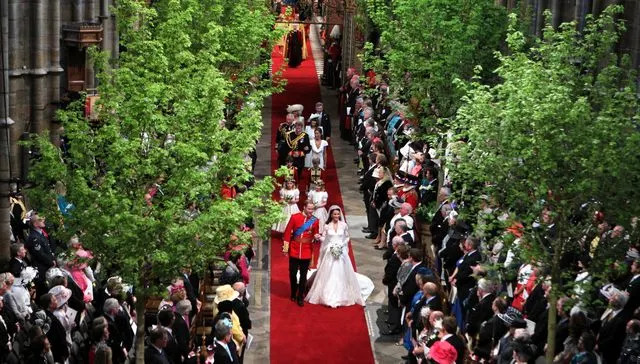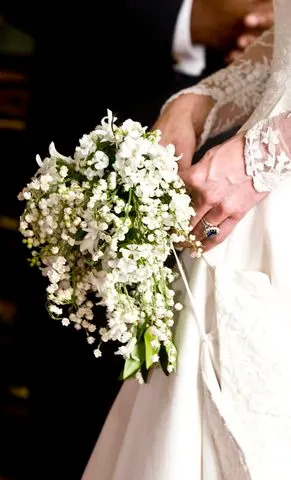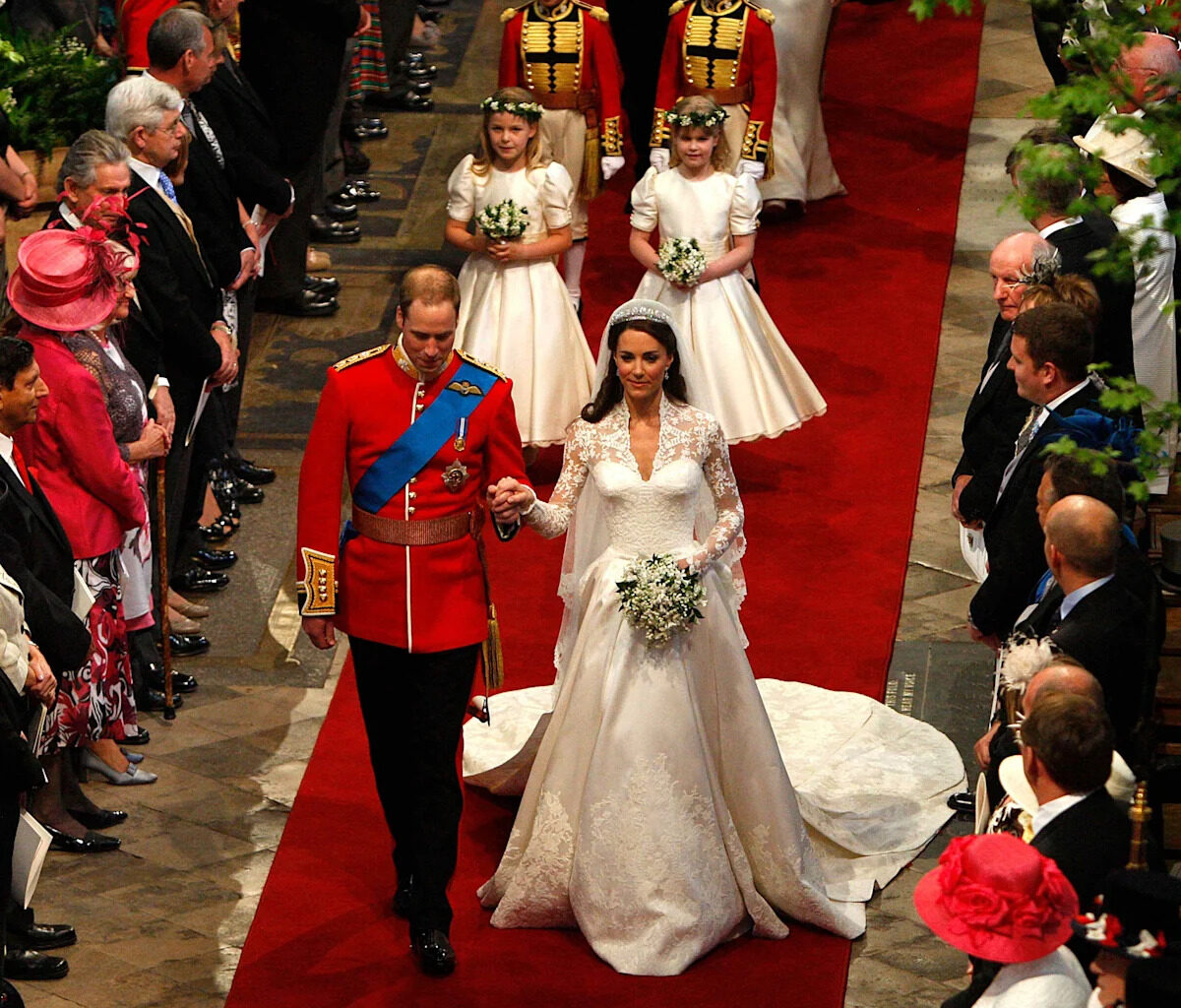Key Takeaways
-
When Kate Middleton and Prince William said “I do” on April 29, 2011, they sought to transform Westminster Abbey into a space full of ties to the natural world.
-
Such a goal was also intended to be a nod to Kate’s childhood upbringing in the countryside.
-
To this end, they included eight trees on either side of the aisle, as well as thousands of white flowers.
When Prince William and Kate Middleton tied the knot on April 29, 2011, they did so at Westminster Abbey, one of the world’s most famous churches. The guest list for the occasion was a lengthy one; approximately 1,900 people, including David and Victoria Beckham, Sir Elton John, and Rowan Atkinson, attended the nuptials. However, in addition to seeing Kate’s showstopping gown for the first time, witnessing the royal couple say “I do,” and listening to the heartfelt sermon, the invitees may have taken note of something else at the ceremony: the unexpected décor.

WPA Pool / Pool / Getty Images
Related: The Biggest Celebrity Weddings From the Past 90 Years
Even though her wedding occurred indoors, Kate reportedly sought to bring nature-inspired elements into the space, transforming the centuries-old church into a lush space full of greenery. According to the BBC, in a nod to her childhood residence in Berkshire, the princess selected six field maples and two hornbeam trees to appear on either side of the walkway, creating a trend-forward “living aisle.” However, that was far from the only décor that appeared within the space. Tens of thousands of white flowers covered the church, bringing a brightness to the storied venue. With the help of Shane Connolly, their floral creative designer, the duo sourced the majority of the blooms from Windsor Great Park’s Valley Gardens in Surrey, the BBC reported.
“The theme is that everything is from the estates, that everything is English, that everything is seasonal, and all along Catherine has asked that it’s just all neutral colour-wise,” Connolly told the BBC prior to the 2011 celebration. However, in addition to ensuring the the bulk of the décor was sourced locally, Connolly added that the overall feel was a nod to the princess’s roots. “The aim is the abbey looks unpretentious and simple and natural and that it reflects the fact that Catherine is a country girl at heart and that the couple are the best of British,” he told the outlet.

AFP / Stringer / Getty Images
Yet, in addition to giving a nod to Kate’s upbringing, the flowers selected by the couple also conveyed their hopes for their marriage. “The trees are field maples, which is a very English native tree and the field maples [symbolize] reserve and humility,” Connolly told the BBC. “The hornbeams represent a resilience in the language of flowers, so we hope that the couple’s life is full of resilience and full of strong love.” The bride also made sure that her bouquet was full of sentimental touches: The small, shield-shaped bundle, featured myrtle, lily of the valley, sweet William, and hyacinth. The lilies of the valley may have been a nod to Princess Diana, who also included the bell-shaped blooms in her own bridal bouquet, while the sweet William appeared to be playful nod to her partner’s name.
Read the original article on Brides
